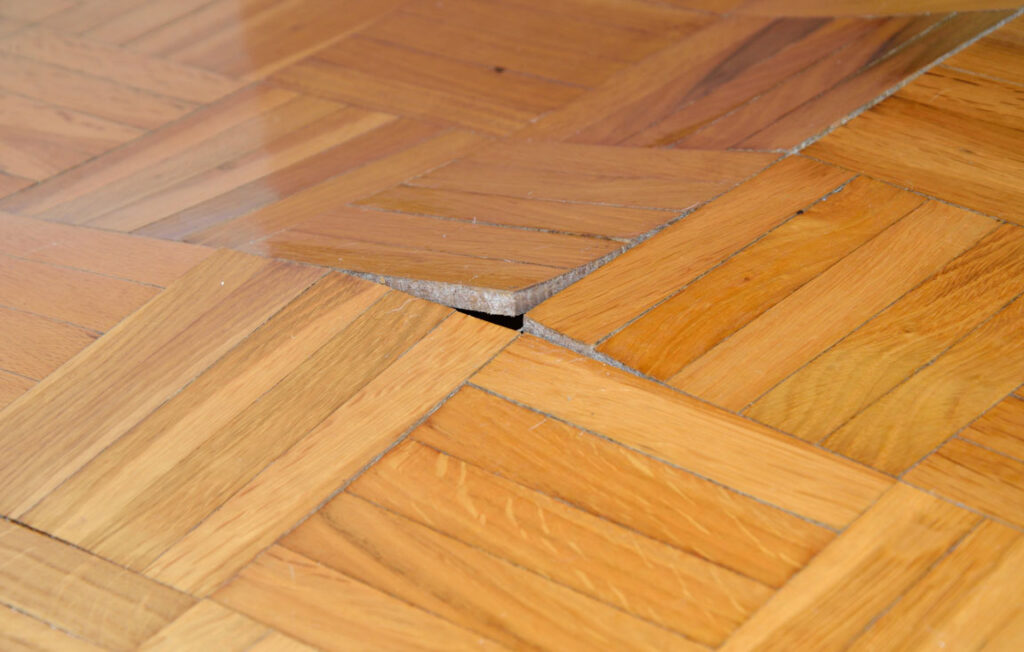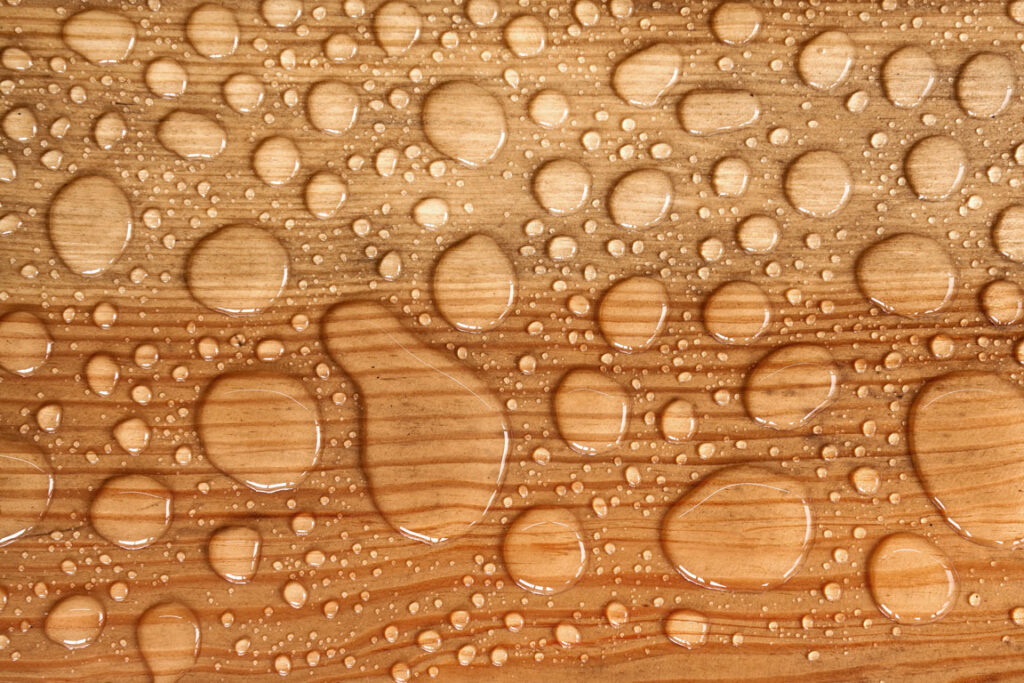The relative humidity (RH) of your household affects more than the comfort level of you and your family. RH can also have an influence on the hardwood flooring and other interior aspects of your home. In this article, we are going to discuss how RH can affect your hardwood flooring and provide information to help maximize its longevity.
How Does RH Affect Hardwood Flooring?
Essentially, lower humidity levels can dry out your hardwood flooring, condensing the flooring and potentially forming gaps between the planks. Conversely, higher humidity levels can cause your hardwood flooring to expand, which may lead to cupping or crowning.
What is Hardwood Floor Cupping?
Cupping pertains to the concave, cup-like shape formed when the edges of the wood planks within your flooring appear higher than the planks’ centers. Sometimes the additional moisture resulting from high humidity levels builds up within the bottom sections of wood flooring. This may lead the underside of the floorboard to swell, pushing the edges upward and leading to cupping.
What is Hardwood Floor Crowning?
If the additional moisture builds upon the surface of your hardwood flooring, the swelling occurs on the top of the floorboards. This may result in the formation of convex-shaped bumps on the wood.

Preventing Floor Damage Caused by Fluctuating RH Levels
Keeping the RH of your home between 30% and 50% is one of the best ways to prevent your flooring damage caused by overly high or low RH levels. Running a dehumidifier during the warmer months and a humidifier during cooler months is an effective method in helping maintain moderate humidity levels within your home. You should also monitor your thermostat settings throughout the year and take simple steps like properly shutting your doors and windows to prevent heat loss during the winter. When initially installing your hardwood flooring, we recommend taking the additional action of having your flooring both nailed and glued down, making the wood more resistant to expansion and contraction.

Controlling Temperature and Moisture Content in Your Home
In addition to air movement, you also can control temperature and moisture content. Insulation reduces heat transfer or flow, so it also moderates the effect of temperature across the building envelope cavity. In most U.S. climates, properly installed vapor diffusion retarders can be used to reduce the amount of moisture transfer. Except in deliberately ventilated spaces such as attics, insulation and vapor diffusion retarders work together to reduce the opportunity for condensation in a house’s ceilings, walls, and floors.
Learn More: Have You Noticed Gaps Within Your Hardwood Flooring?
Flooring Installation – Why Expansion Gaps Are Necessary
The Importance of Wood Acclimation Before Installation
How The Summer Heat Can Affect Hardwood Flooring
Hardwood Flooring Expertise
With over 75 years of experience, the experts at E_M Custom Flooring & Installations have completed flooring projects and guided individuals and families throughout the greater New York region. Contact us today or stop by our showroom to experience the E_M difference firsthand.

